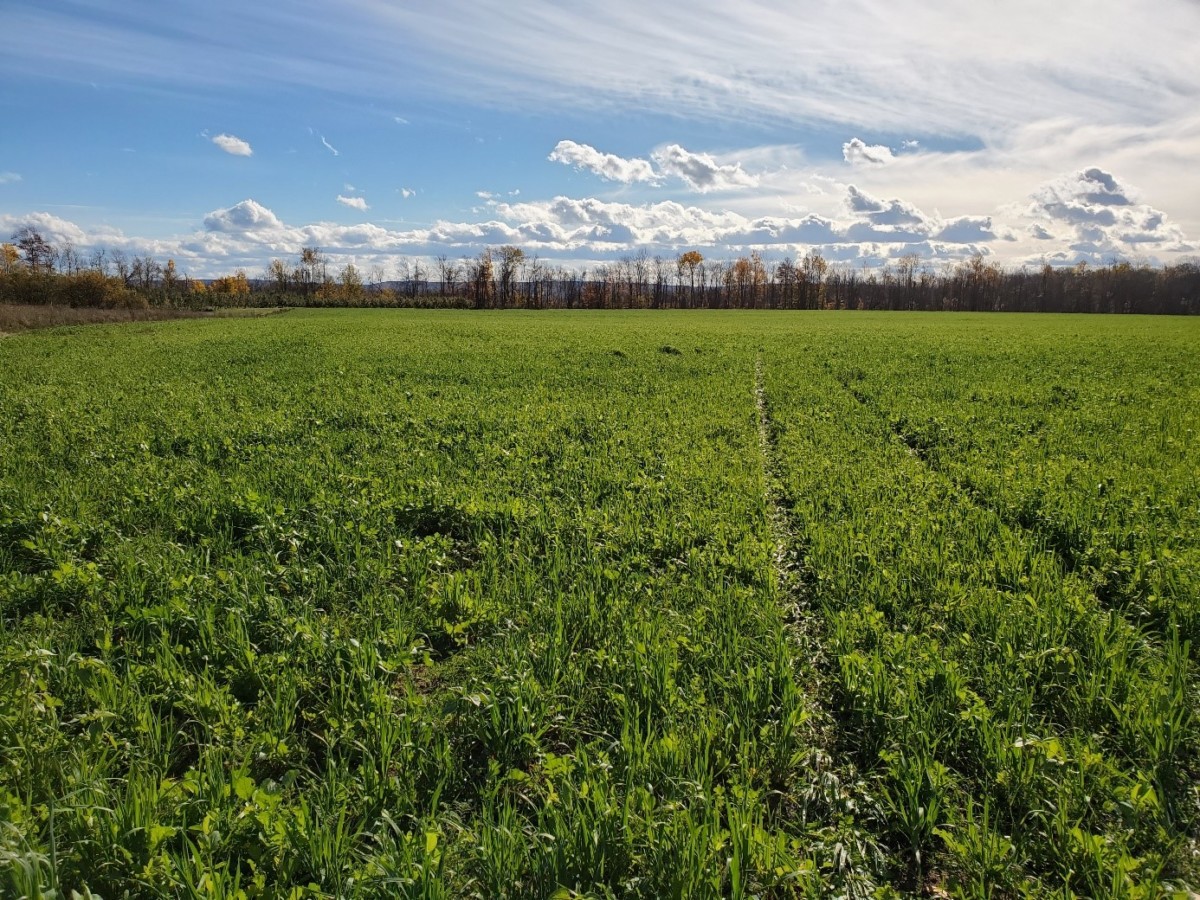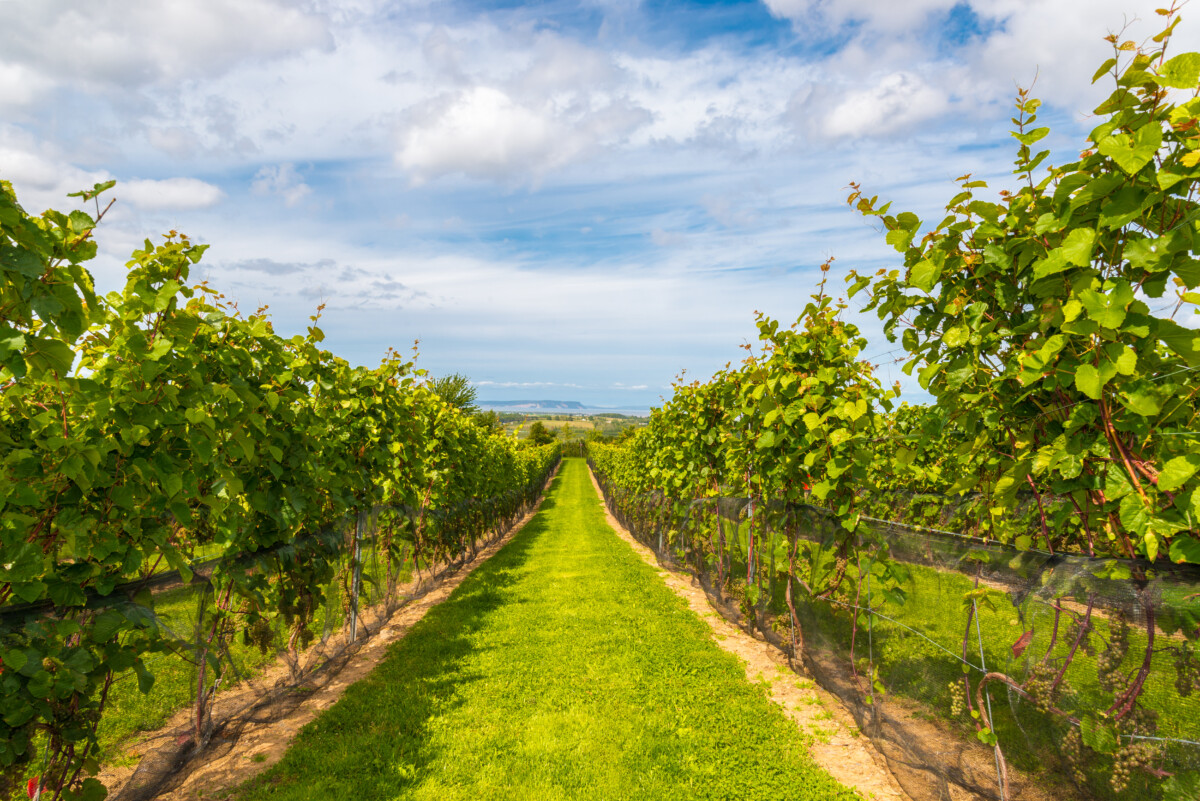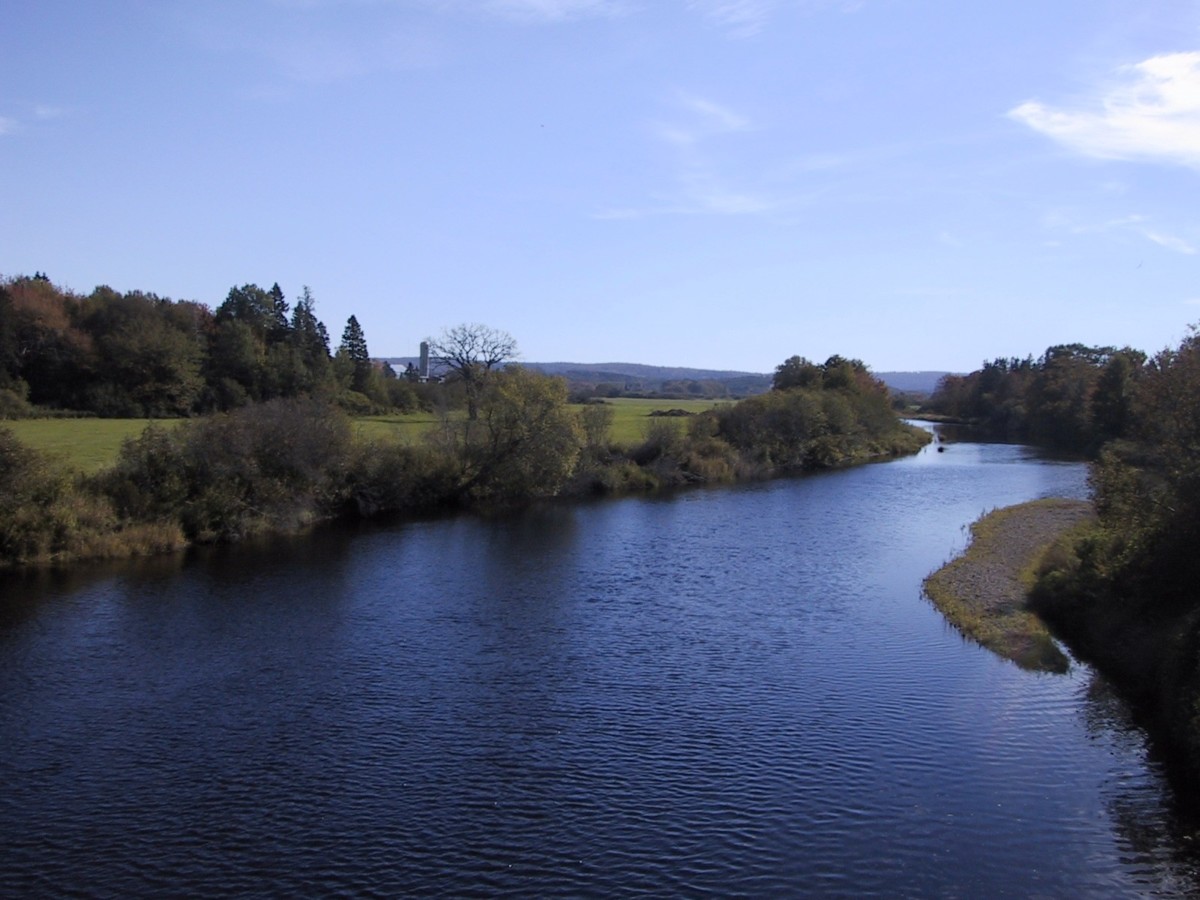
Living Labs
The NSFA has been selected as one of nine organizations to establish new living labs throughout the country! The Agricultural Climate Solutions (ACS) – Living Labs program, funded by Agriculture and Agri-Food Canada, focuses on identifying innovative technologies and on-farm management practices that can be adopted by farmers to tackle climate change. The solutions developed throughout the living labs will also help protect biodiversity on farms, improve water and soil quality, and, through the efficient management of resources and increased resilience, strengthen farmers’ bottom lines.
Our living labs will focus on key activities throughout the next five years. These activities will look at management practices such as cover crops, the establishment of riparian zones and shelterbelts, and a land swapping initiative to incorporate livestock grazing into annual cropping systems. Each activity focuses on different techniques that will increase soil carbon sequestration and reduce greenhouse gas emissions.
Projects

Cover Crops in Annual Systems led by Perennia
Annual cropping systems tend to have higher management intensity – more soil disturbance and less return of residues. This leads to depletion of soil carbon and reduction in soil health and system resiliency in the face of climate change.
Cover crops are a good way to build soil organic carbon, reduce erosion, improve water holding capacity, improve nutrient cycling, and reduce nutrient leaching. The barrier to adoption for many farmers is knowing how to include cover crops in their farming system. More information on the type of cover crop and termination strategies is needed to help growers choose the right combination to maximize the benefits of cover crops without adversely impeding cash crop production.
Perennial Systems Floor Management led by Agriculture and Agri-Food Canada
The aim of this BMP is to evaluate cover crops for carbon sequestration and GHG mitigation potential as a tool to mitigate climate change and provide socio-economic as well as environmental benefits in two important perennial systems in Nova Scotia – apples and grapes.
In apple orchards, five sites will be set up where orchards will be in preparation for planting in May 2023. After establishment, up to four new cover crops of grass and legume mixed will be evaluated and compared to a common cover crop mixture already used by growers.
In vineyards, established vineyards will be selected to evaluate the use of cover crops and groundcover management for improved carbon sequestration and GHG emission reduction. Results will guide the development of best practices and recommendations for grape growers about laneway management in vineyards.


Establishment of Riparian Zones and Shelterbelts led by Clean Annapolis River Project
There is high potential to sequester carbon in riparian and shelterbelt areas. Carbon can be stored in the soil through the presence of permanent roots and in the woody biomass of the plant species. The soil in these zones will remain undisturbed for the life of the established area, protecting the carbon stored in the soil from loss and reducing overall GHG emissions from machine traffic.
Riparian zones and shelterbelts will be established at six fields where none currently exist. Shelterbelts will be in wild blueberry fields, as this has been identified as an industry concern. Water quality will be measured in riparian sites to monitor water temperature, chemical composition, and coliform bacteria. A biodiversity study with Nova Scotia Museums will look at the diversity of moss and lichens, environmentally important species that have high diversity in agriculture riparian zones. Pollination services will be measured at shelterbelt sites due to the importance of pollination in the blueberry industry.
Land Swap led by Nova Scotia Federation of Agriculture
The land swap activity involves pairing farmers with annual cropping systems with livestock farmers to incorporate grazing into high disturbance rotations. High disturbance cropping systems, such as horticulture production, often have lower soil carbon compared to less disturbed systems, such as pasture. Incorporating periods of perennial crops that are not disturbed will allow carbon to be stabilized and sequestered.
This activity is regionally unique unlike agricultural regions in larger provinces, Nova Scotia has a very diverse agricultural landscape. It is common to have horticulture and livestock production in the same region. This allows us to use this diversity for this unique BMP that will not only make agricultural systems more climate-friendly, but also more resilient.

Living Lab News: Atlantic Insights
We have joined forces across the four Atlantic regions to share updates on the Living Labs project through a bi-annual newsletter. We have had a high level of interest in the innovative Best Management Practices being embraced by farmers throughout Atlantic Canada and look forward to sharing our progress with you along the way!
Check out the first edition of our newsletter below, providing an overview of the projects happening in Atlantic Canada.
